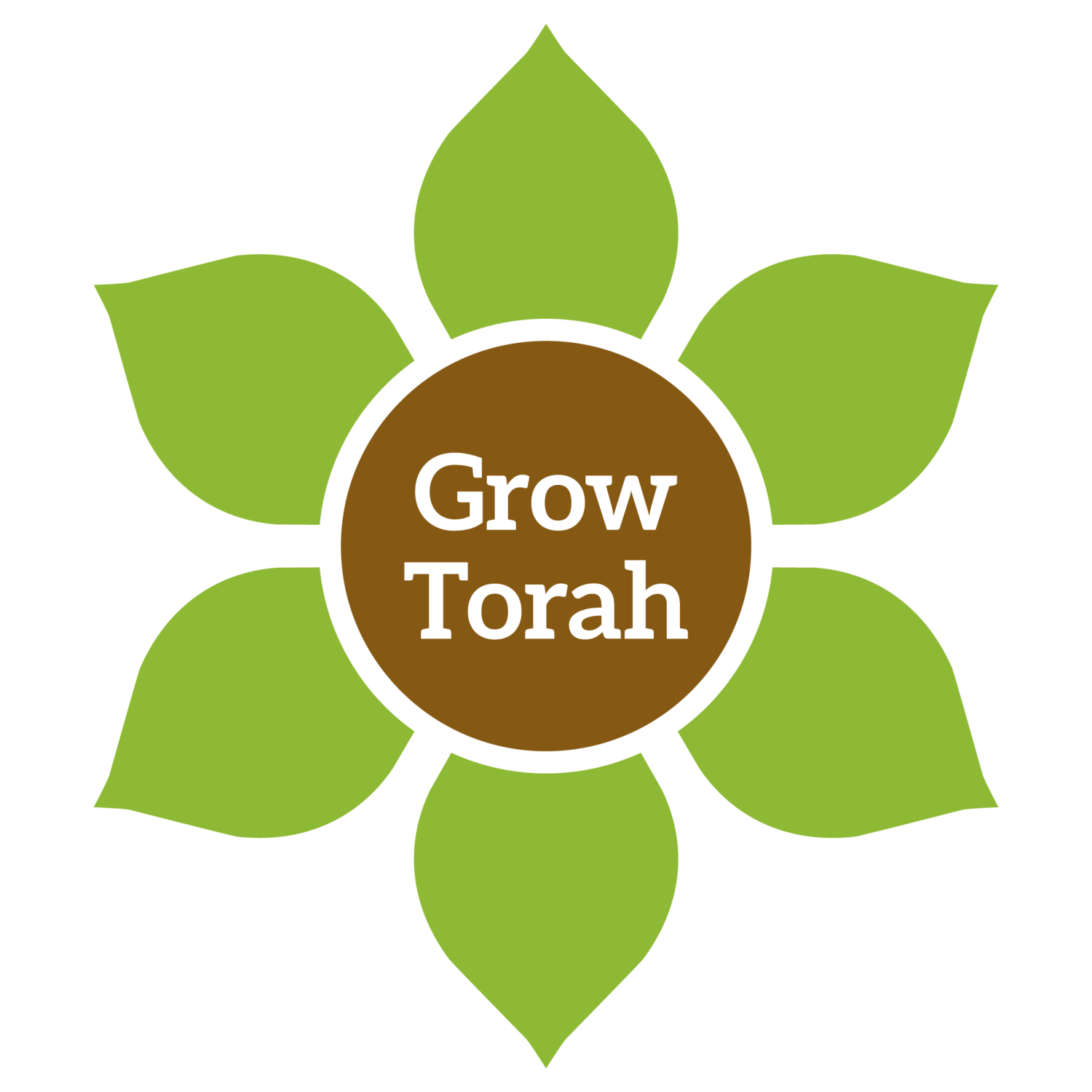(Excerpted from the GrowTorah Library)
Tu b’Shvat, “the New Year of the Trees,” has become known as a day for raising Jewish-environmental awareness. This year, it fell on Thursday February 13, 2025.
Many Jewish sources connect trees with our proper stewardship of the earth. Understanding these teachings on Tu b’Shvat can help us improve our relationship to G-d’s creation, our world.
We invite you to explore these texts and topics in conversation while immersed in the trees of The Bronx River Parkway.
Inspiration for MLK Day: Honoring Dr. King’s Legacy
Darkness cannot drive out darkness; only light can do that. Hate cannot drive out hate; only love can do that.
Dr. Martin Luther King, Jr. , ’48
It really boils down to this: that all life is interrelated. We are all caught in an inescapable network of mutuality, tied into a single garment of destiny. Whatever affects one directly, affects all indirectly.
Dr. Martin Luther King, Jr. , December 24th, 1967
1: Tu bShvat
אַרְבָּעָה רָאשֵׁי שָׁנִים הֵם. בְּאֶחָד בְּנִיסָן רֹאשׁ הַשָּׁנָה לַמְּלָכִים וְלָרְגָלִים. בְּאֶחָד בֶּאֱלוּל רֹאשׁ הַשָּׁנָה לְמַעְשַׂר בְּהֵמָה. רַבִּי אֶלְעָזָר וְרַבִּי שִׁמְעוֹן אוֹמְרִים, בְּאֶחָד בְּתִשְׁרֵי. בְּאֶחָד בְּתִשְׁרֵי רֹאשׁ הַשָּׁנָה לַשָּׁנִים וְלַשְּׁמִטִּין וְלַיּוֹבְלוֹת, לַנְּטִיעָה וְלַיְרָקוֹת. בְּאֶחָד בִּשְׁבָט, רֹאשׁ הַשָּׁנָה לָאִילָן, כְּדִבְרֵי בֵית שַׁמַּאי. בֵּית הִלֵּל אוֹמְרִים, בַּחֲמִשָּׁה עָשָׂר בּוֹ:
They are four days in the year that serve as the New Year, each for a different purpose: On the first of Nisan is the New Year for kings; it is from this date that the years of a king’s rule are counted. And the first of Nisan is also the New Year for the order of the Festivals, as it determines which is considered the first Festival of the year and which the last. On the first of Elul is the New Year for animal tithes; all the animals born prior to that date belong to the previous tithe year and are tithed as a single unit, whereas those born after that date belong to the next tithe year. Rabbi Elazar and Rabbi Shimon say: The New Year for animal tithes is on the first of Tishrei. On the first of Tishrei is the New Year for counting years, as will be explained in the Gemara; for calculating Sabbatical Years and Jubilee Years, i.e., from the first of Tishrei there is a biblical prohibition to work the land during these years; for planting, for determining the years of orla, the three-year period from when a tree has been planted during which time its fruit is forbidden; and for tithing vegetables, as vegetables picked prior to that date cannot be tithed together with vegetables picked after that date. On the first of Shevat is the New Year for the tree; the fruit of a tree that was formed prior to that date belong to the previous tithe year and cannot be tithed together with fruit that was formed after that date; this ruling is in accordance with the statement of Beit Shammai. But Beit Hillel say: The New Year for trees is on the fifteenth of Shevat.
Discussion questions:
Why was Tu b’Shvat chosen as the new year of the trees?
What can this teach us about Jewish thought on the timing of marking events and celebrations?
How is this similar or different to Jewish perspectives on birthdays, yarzheits, and the timing of other new years like Rosh Hashanah? Why do you think this might be so?
II. Sustainability: Planting For the Long-Term
יומא חד הוה אזל באורחא חזייה לההוא גברא דהוה נטע חרובא אמר ליה האי עד כמה שנין טעין אמר ליה עד שבעין שנין אמר ליה פשיטא לך דחיית שבעין שנין אמר ליה האי [גברא] עלמא בחרובא אשכחתיה כי היכי דשתלי לי אבהתי שתלי נמי לבראי
One day, he was walking along the road when he saw a certain man planting a carob tree. Ḥoni said to him: This tree, after how many years will it bear fruit? The man said to him: It will not produce fruit until seventy years have passed. Ḥoni said to him: Is it obvious to you that you will live seventy years, that you expect to benefit from this tree? He said to him: That man himself found a world full of carob trees. Just as my ancestors planted for me, I too am planting for my descendants.
Discussion Questions:
What do trees symbolize in these verses?
How do they teach us about what is a good environment for people?
What can they teach us about planting for the long-term and preparation for the future?
III. The Tree of the Field is a Person
כִּי־תָצוּר אֶל־עִיר יָמִים רַבִּים לְהִלָּחֵם עָלֶיהָ לְתפְשָׂהּ לֹא־תַשְׁחִית אֶת־עֵצָהּ לִנְדֹּחַ עָלָיו גַּרְזֶן כִּי מִמֶּנּוּ תֹאכֵל וְאֹתוֹ לֹא תִכְרֹת כִּי הָאָדָם עֵץ הַשָּׂדֶה לָבֹא מִפָּנֶיךָ בַּמָּצוֹר׃
When in your war against a city you have to besiege it a long time in order to capture it, you must not destroy its trees, wielding the ax against them. You may eat of them, but you must not cut them down. Are trees of the field human to withdraw before you into the besieged city?
רַק עֵץ אֲשֶׁר־תֵּדַע כִּי־לֹא־עֵץ מַאֲכָל הוּא אֹתוֹ תַשְׁחִית וְכָרָתָּ וּבָנִיתָ מָצוֹר עַל־הָעִיר אֲשֶׁר־הִוא עֹשָׂה עִמְּךָ מִלְחָמָה עַד רִדְתָּהּ׃
Only trees that you know do not yield food may be destroyed; you may cut them down for constructing siegeworks against the city that is waging war on you, until it has been reduced.
Discussion Questions:
Why does the Torah forbid cutting down fruit trees to build siege-works during a war, when it is not needless destruction but the use of resources for an important purpose?
What does it mean that a tree is compared to a person?
What can these sources teach us about our responsibility to trees and all natural resources?
Closing Inspiration:
וְֽהָיָ֗ה כְּעֵץ֮ שָׁתוּל עַֽל־פַּלְגֵ֫י־מָ֥יִם אֲשֶׁ֤ר פִּרְי֨וֹ ׀ יִתֵּ֬ן בְּעִתּ֗וֹ וְעָלֵ֥הוּ לֹֽא־יִבּ֑וֹל וְכֹ֖ל אֲשֶׁר־יַעֲשֶׂ֣ה יַצְלִֽיחַ׃
He is like a tree planted beside streams of water, which yields its fruit in season, whose foliage never fades, and whatever it produces thrives.

